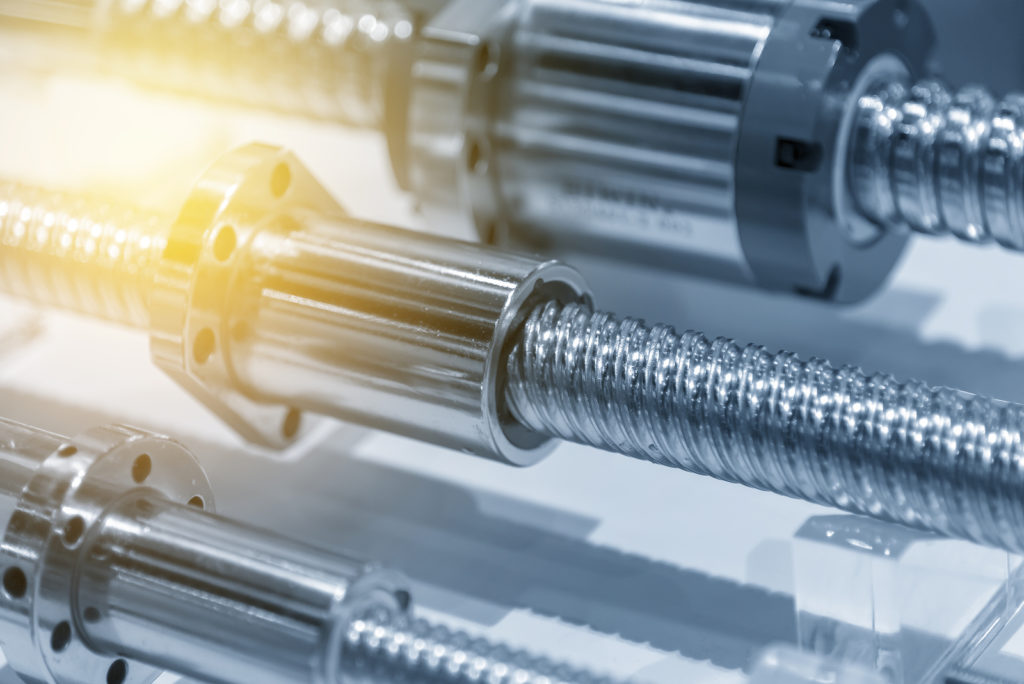Lubrication is an essential maintenance task for any mechanical system. Like anything else, there’s no one-size-fits-all solution for proper lubrication. In fact, there are many ways to improperly lubricate machinery and few approaches that get it right. Maintenance techs need to follow a structured methodology and best practices specific to each piece of machinery.
If your current lubrication approach simply involves generic lubricant and a thorough spray-down of your machinery, it’s time to change your approach. You’re not considering all the variables and ramifications. The time has come to learn the art of proper machine lubrication.
The 5 Rs of proper lubrication
Mastery of machine lubrication comes from the five Rs. These five variables are everything you need to consider about the lubrication process. When properly addressed, these factors guarantee the best possible results:
1. The right lubricant — meaning the right weight and viscosity.
2. In the right quantity — meaning not over- or under-lubricating.
3. At the right time — meaning before friction becomes prevalent.
4. At the right point — meaning the right junction on the machinery.
5. With the right method — meaning using the correct application technique and tools.
If your lubrication approach doesn’t specifically cover each of these variables, problems may occur. Lubrication accounts for roughly 3% of a maintenance budget, yet it may influence as much as 40% of total maintenance costs incurred. Taking the time to lock down the five Rs could address more than a third of your maintenance concerns.

A few best practices
Accounting for the five Rs isn’t enough. Maintenance techs must take the time to discern the right solution for each variable, for each machine. Not every machine will demand the same lubricant, just like lubrication intervals may differ across the factory floor. Each piece of equipment deserves its own careful assessment.
With the five Rs determined, turn to overarching best practices for better lubrication. Here are a few of the simplest:
- Clean bearings and housings thoroughly before greasing, removing all old media to prevent contamination.
- Do not overfill bearings! Typically, lubricants should fill only one-half to three-quarters of the housing.
- Use a proper dispensing tool and make sure the tool you’re using is used only for a specific type of lubricant.
- Keep detailed records of lubrication and record all variables, so they can be replicated or traced in future maintenance.
When combined with the five Rs, these best practices ensure more thorough lubrication overall.
Mistakes to avoid
Lubrication should never be a guessing game. More importantly, it should never be a task approached with nonchalance. There’s no substitute for accuracy and knowledgeability! Here are a few mistakes to absolutely avoid when lubricating:
- Don’t use old or improperly weighted lubricants. Your inventory should be fresh and tested to ensure the media meets the machine’s specific lubrication requirements.
- Lubricate based on integrity, not scheduled intervals. Any number of factors can impact the lubricant’s integrity, which means they need real-time observation.
- Don’t over- or under-lubricate. Too much lube creates issues with viscosity and temperature increases; not enough will induce friction earlier.
- Keep your bearings and housing clean. Simply lubricating without cleaning first is a recipe for rapid degradation and component failure.
To achieve better maintenance results, keep your lubrication practices aligned with proven standards and adherent to the five Rs for each machine, while also avoiding common mistakes.
